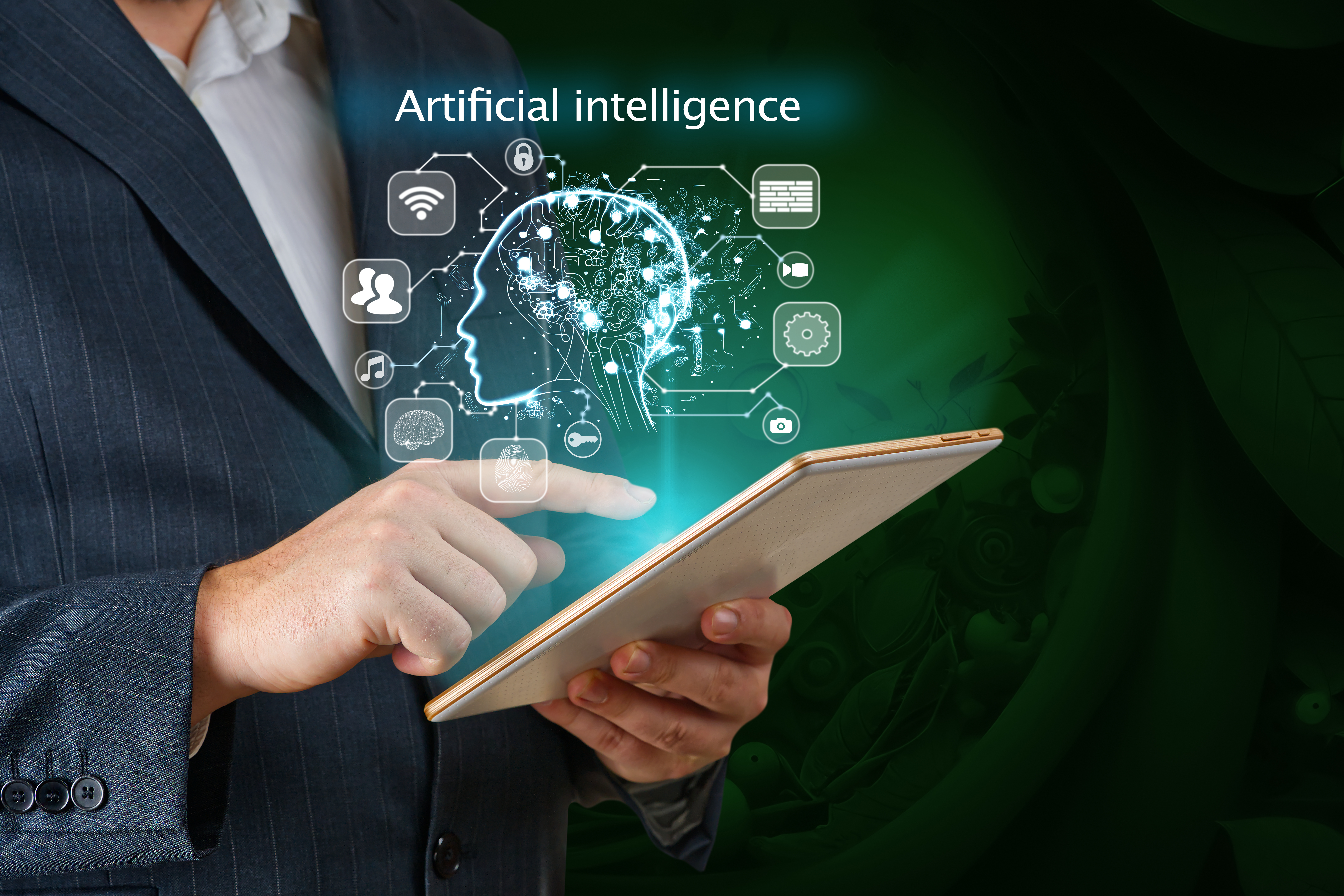Safety & Security and Artificial Intelligence: threats and opportunities

Today's Safety & Security technologies have found in artificial intelligence algorithms a valuable resource to enhance their capabilities and perform precise tasks such as the timely detection of alarms and anomalies, the analysis of images and video, or the identification of threats to the physical and technological infrastructure of critical environments.
Artificial Intelligence promises to significantly improve the applicability of Business Protection & Continuity procedures, offering greater speed in detecting risks and dangers, while at the same time reducing the workload of security personnel. All of these benefits are reflected in the area of costs, which could be significantly reduced thanks to the introduction of AI. This would make it possible to optimise the allocation of resources and decision-making processes within the organisation.
But what is the potential of Artificial Intelligence? And what solutions can it offer to improve the Safety & Security of a critical infrastructure?
Benefits of using Artificial Intelligence for a Security Manager
The integration of Artificial Intelligence into security procedures generates 3 major benefits:
-
Advanced vulnerability management. The key to protecting any organisation is vulnerability management. Risks and threats can strike at any time and therefore need to be identified and managed quickly. Artificial Intelligence is a powerful tool for quickly identifying and managing vulnerabilities within a critical infrastructure. Thanks to its ability to analyse large amounts of data from multiple sources, AI can detect patterns and anomalies that might escape the human eye, speeding the resolution of an incident. AI-based systems can continuously monitor the security environment, gathering real-time information from sensors, surveillance cameras and system logs. This gives the security manager a complete and accurate picture of the situation, helping them to make informed and data-driven decisions about protecting the infrastructure.
-
Consult huge databases. AI is capable of handling huge amounts of data. This capability is essential for critical infrastructure, where the data collected can be vast and complex to interpret. Using AI, the security manager can quickly access detailed databases containing information on past threats, security incidents, known vulnerabilities and best practices for mitigating risk. Analysing this historical information provides valuable insights to prevent future cyber-attacks or incidents, enabling better preparedness and a faster, more effective response.
-
Early threat detection. AI can perform rapid, in-depth scans of the entire critical infrastructure for potential threats. This enables early detection of potentially malicious activity or intrusions, and promptly alerts the security manager. AI's early threat detection capability is critical to preventing major incidents and protecting the integrity and continuity of critical infrastructure operations.

Artificial intelligence: a powerful ally in cybersecurity
In today's business environment, protecting data and infrastructure from cyber-attacks is no easy task. The frequency, volume and nature of cybercrime are becoming increasingly complex, requiring more robust and intelligent cybersecurity techniques. In this context, artificial intelligence and machine learning have enormous potential, helping to strengthen an organisation's defences. Thanks to AI, security professionals can improve network resilience, detect malware, eliminate any risk of intrusion, and protect the organisation's sensitive information.
According to some research, artificial intelligence can certainly be a great opportunity when applied to cybersecurity. 3 areas of application can be hypothesised:

-
Detection. The use of AI for threat detection is becoming increasingly common in critical infrastructure. More than 50 percent of security managers have deployed AI-enabled cybersecurity systems to detect cyber threats. Machine learning and deep learning algorithms can analyse large amounts of data in real time. This makes it possible to detect new threats or malware variants, even if they have not been previously identified. AI can adapt and constantly improve its detection capabilities, making it harder for attackers to evade security monitoring and enabling a timely response to attacks.
-
Prediction. Another powerful capability of AI in cybersecurity is the ability to predict possible cyber threats. Around 35 per cent of organisations use artificial intelligence for prediction. By analysing historical data and learning from behavioural patterns, it can identify trends and patterns that could indicate an imminent attack. This predictive capability helps security professionals implement preventive and mitigating measures before threats materialise. Threat prediction helps reduce the risk and potential severity of cyber-attacks, better protecting the organisation from potential data loss and damage.
-
Response. Although AI is growing in its ability to respond to threats, only 18 percent of security professionals are using it to counter cyber-attacks. AI-based systems can quickly detect and isolate attacks in progress, reducing response time and mitigating damage. Machine learning algorithms can learn from attacker behaviour and develop strategies to counter new attacks. Effective implementation of AI-based response systems reduces the impact of cyber-attacks on the organisation, helping to restore system integrity and resume normal operations as quickly as possible.

The next artificial intelligence innovations in physical security
Artificial Intelligence has had a significant impact on the physical security of critical infrastructures. In this context, the use of AI means: optimising the "identification" (also prediction) of risk phenomena, making "intelligent" correlations by implementing an incident management plan, and simplifying the interaction between technologies and people.
But what are the next expected innovations in this field?
Optimised video analytics
Artificial intelligence-based video analytics goes beyond simple data collection and analysis by recognising patterns not only in the data itself, but also from other sources. It can infer the present, predict the future and make connections between seemingly unrelated events. AI can use advanced computer vision algorithms, such as recognising the specific movement patterns of people and animals, to improve the accuracy and effectiveness of analysis, even in situations of reduced visibility. With AI in video analytics, video surveillance systems can provide a higher level of security and surveillance by detecting suspicious activity or anomalous behaviour more accurately and in a timely manner.

This approach is critical for preventing and managing emergency situations and ensuring the safety of people and assets within a monitored area. Think of sensitive environments such as airports, banks and railway stations, where there is a need to reduce the rate of unauthorised intrusions and improve the responsiveness and efficiency of operators in unexpected situations.
Intelligent traffic management in smart cities
In the context of smart cities, artificial intelligence is paving the way for new and innovative solutions to improve traffic management, optimise operations and increase safety. By integrating AI and machine learning into systems that monitor the flow of people and vehicles, smart cities, ports and airports can predict and manage congestion. These systems can analyse real-time data from surveillance cameras, traffic sensors and mobile devices to provide alternative routes for drivers and pedestrians. These innovations are expected to significantly reduce travel times and infrastructure operating costs, contributing to a more efficient and sustainable urban environment.

Artificial intelligence is making a significant contribution to the advancement of critical infrastructure and the protection of sensitive environments, enabling more effective and timely responses to security threats. However, it is important to emphasise that, despite its benefits, AI cannot fully replace the intervention and expertise of the security manager. Collaboration between intelligent systems and human operators remains essential to ensure maximum security and protection in critical infrastructures.









